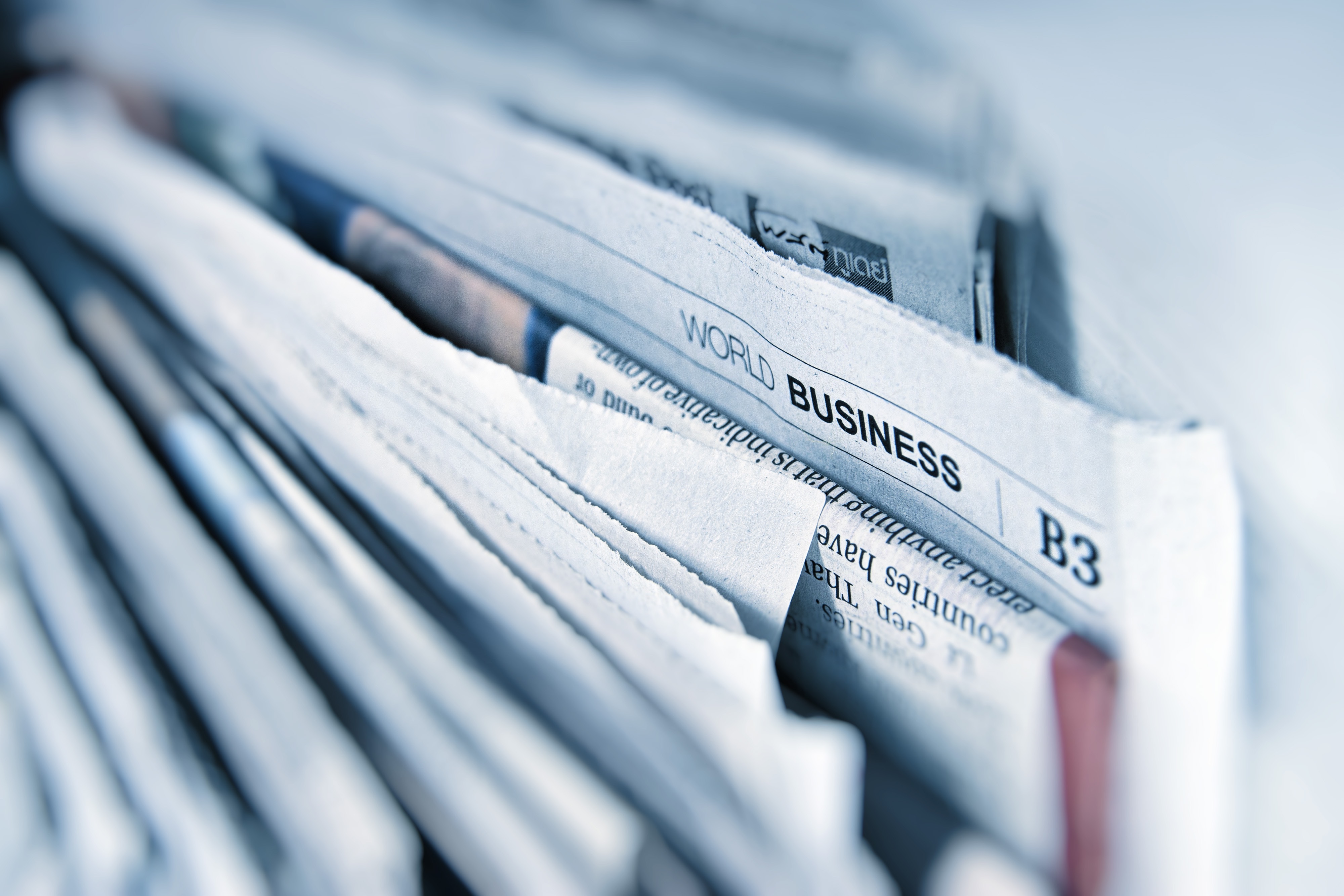When to use Ai images. And when to NOT.
With Ai popularity on the rise, it's becoming increasingly important to know when it is appropriate to use Ai generated images and when you should steer clear.
When creating content that includes technical items such as cars, planes, tools, electronics, or other very specific items, it's always best to use actual photography. Although at first glance, the Ai-generated object may seem acceptable, anyone who is at all familiar with the item will instantly recognize that it is not correct. This in turn will cause your audience to distrust the product or service that you're trying to market.
This is especially true for objects that relate directly to the business. If you are creating an ad for an airport, for example, you would never want to use an Ai-generated plane. Or worse, using an Ai-generated image as an example of the actual product being marketed! You, as the designer, may not notice that the hinge is on the wrong side, rendering the item useless, but your clients' customers will.
Additionally, the use of obvious Ai images can greatly cheapen the product or service, making it seem as though the client didn't have the budget for photography, or worse, making it look as though they had something to hide.
As graphic designers, we do use Ai regularly. It is an amazing tool for extending backgrounds, cleaning up low-resolution images, or even adding or changing elements-things that used to take hours to do, if it could even be done at all. But to rely on it for creating entire images can be very dangerous territory. Even stock image services are now cluttered with Ai.
So when is it ok to use Ai-generated images? If you're telling a story or illustrating an idea, or if you just need a quick graphic for an event, it can be a very useful tool. Just pay close attention to the details. Otherwise, you're better off to avoid it when creating content for a specific product or service, and especially if you are doing so on behalf of a client.

